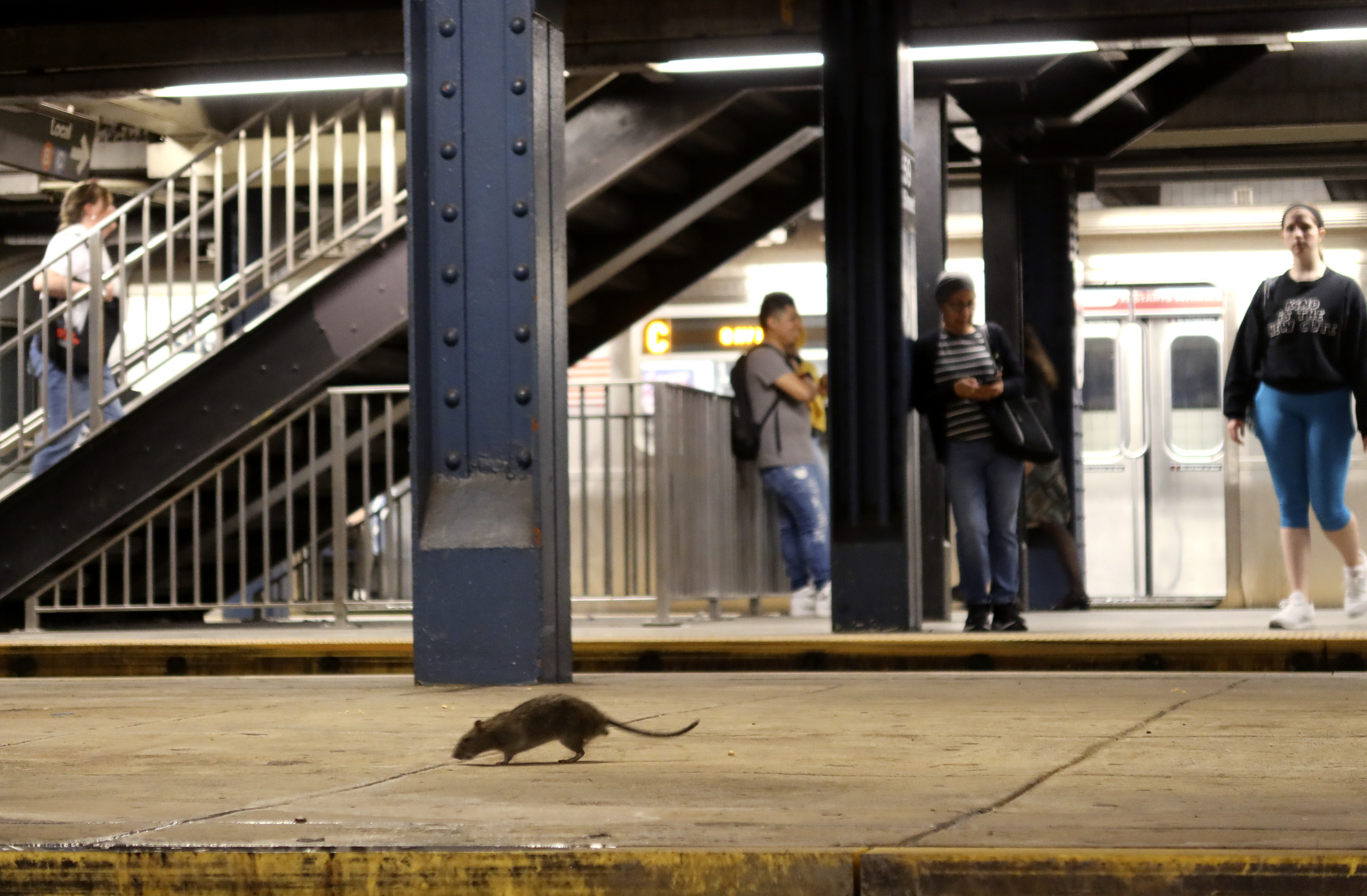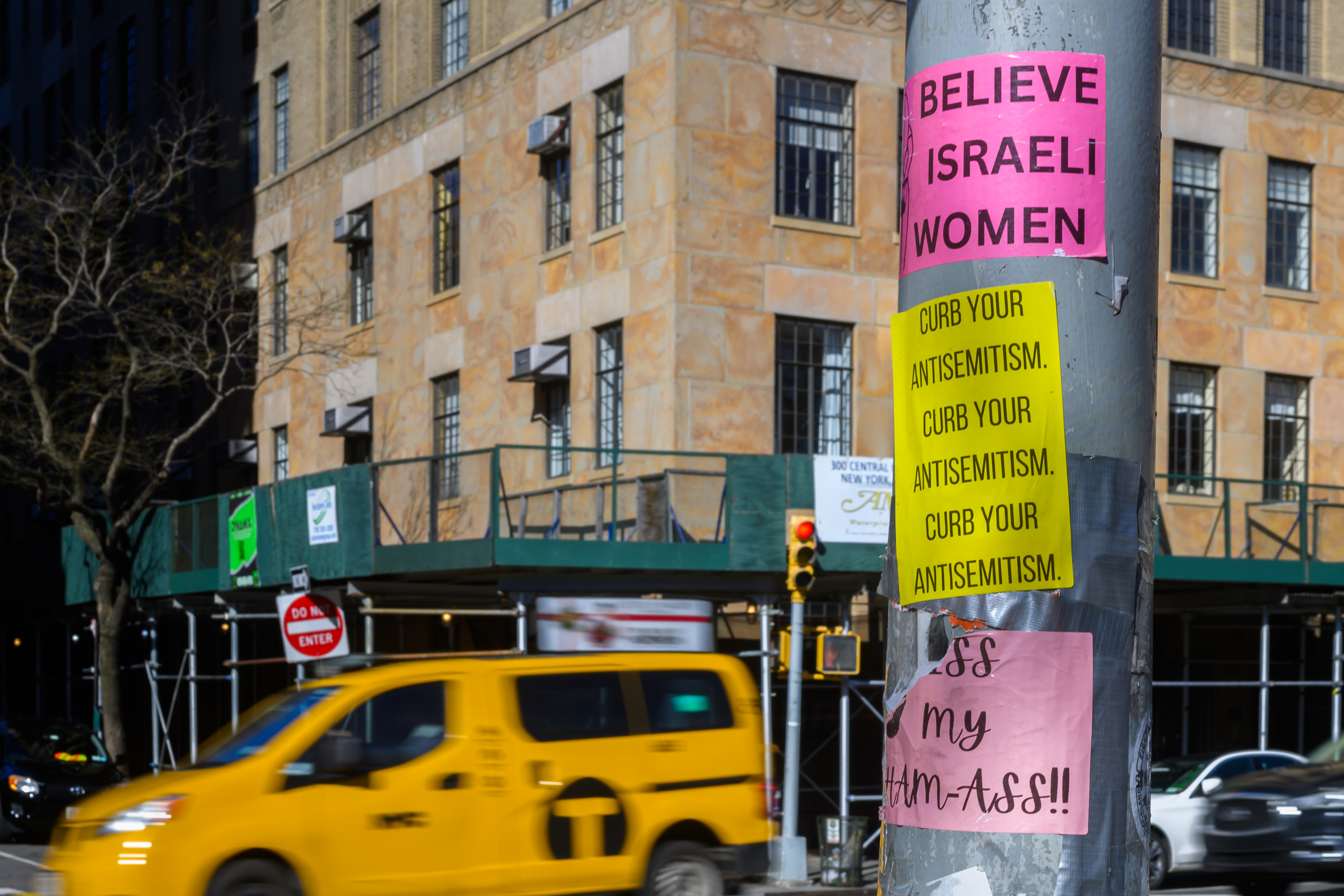Authorities have added three more cases to a new cluster of Legionnaires' disease that has emerged in a Bronx neighborhood, bringing the total number of patients to 10.
The additional cases were announced a day after health officials said they were investigating the new cluster in Morris Park, which the officials said is not related to the outbreak that sickened more than 120 people, killing 12 of them, in the borough over the summer.
No one has died in the current outbreak, health officials said. Patients in the current cluster live or work in Morris Park and range in age from 45 to 75; all are currently hospitalized, authorities said.
Thirty-five cooling towers in the area were tested for Legionella bacteria, and seven of them came back positive. They are located at the Chase bank at 2725 East Tremont; Calvary Hospital at 1740 Eastchester Rd.; Lehman High School at 2964 East Tremont; Bronx State Psychiatric at 1500 Waters Pl.; Einstein College at 1199 Sacket Ave., 1845 Eastchester Rd., and 1301 Morris Park Ave.
All locations were ordered to begin cleaning and disinfecting immediately, officials said.
Lehman High School has turned off the air conditioning as it disinfects the towers to remove the "trace amounts" of Legionella, according to a Department of Education spokesman. The water in the cooling tower is self-contained and separate from the water used by the school. Classes remain in session.
A town hall will be held in the neighborhood Thursday to address residents' concerns.
Health Commissioner Mary Bassett said Monday the city was working to determine the source of the outbreak and taking immediate steps to protect the people who live and work in the area. Bassett urged anyone with flu-like symptoms, including fever, cough and headache, to seek care immediately.
She said the first case was reported Sept. 21; another six cases were reported over the next six days. It wasn't clear when the most recent cases were reported. Environmental scientists visited all cooling towers in the affected area over the weekend and took samples; results on the samples are pending.
The deadly outbreak over the summer, which was the largest outbreak in New York City history, was linked to a cooling tower at the Opera House Hotel. In that outbreak, which affected the south Bronx, at least 128 people got sick; a dozen of them died. Those who died had underlying health conditions.
Concerns about prevention and safety prompted the city to develop and pass new legislation to regulate cooling towers, one of the locations where Legionella, the bacteria that causes the potentially severe pneumonia-like disease in people who are exposed to it, is likely to grow.
Under the new legislation, cooling towers across the city must be tested regularly for Legionella bacteria; any found to be contaminated must be disinfected immediately. The regulations specify penalties for violations, and the legislation makes New York City the first major city in the United States to regulate cooling towers.
Local
Prior to the recent outbreak, no city records were kept as to which buildings had cooling towers.
The cooling towers in Morris Park had recently been cleaned in line with the new regulations, city officials said.
Legionnaires' disease usually sets in two to 10 days after exposure to the bacteria and has symptoms similar to pneumonia, including shortness of breath, high fever, chills and chest pains. People with Legionnaires' also experience appetite loss, confusion, fatigue and muscle aches.
It cannot be spread person-to-person and those at highest risk for contracting the illness include the elderly, cigarette smokers, people with chronic lung or immune system disease and those receiving immunosuppressive drugs. Most cases can be treated successfully with antibiotics.



